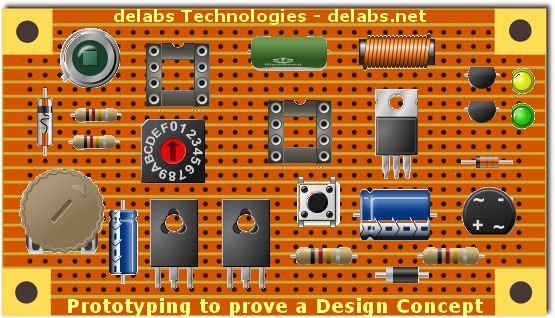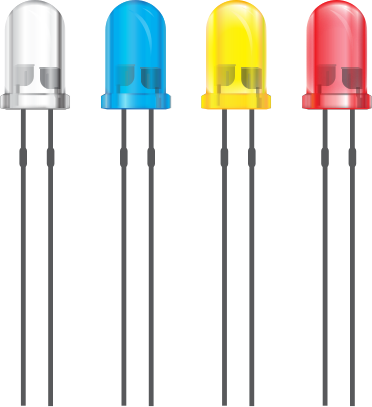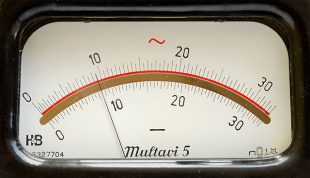Prototyping to prove a Design Concept

Before simulation in EDA tools. First stage of concept proof or design tweaks were made on BreadBoard, Stripboard or General Purpose PCB.
Even now it is used after simulation or directly. Many RF and Power electronics designs may have to be verified and modified on Pilot Production. Digital Designs and Software/Firmware checks don’t need hardware prototypes, but need a proven framework to test it on.

Hobby and Education learning must use breadboards alongside simulation, even though educational eda tools are used. Breadboard connects us with the reality, the way it is. Then you will even simulate better. Robotics and Developing Mechatronics Solutions may need prototyping and modifications many times over.
Soldering and Shiny joints are everything in electronics. One dry solder, a cut track, a solder bridge or splatter near the IC can make a card malfunction.
Thin copper tracks taking high currents, HV and LV circuit isolation, Ground loops, RF Antenna Effect, Ground Plane and Guard rings are just some things to know on Component to Component Connections, that make a huge difference.
In Design Notes of Soldermans Basic Electronics you will find my learning notes in electronics. How this learning happened ?
I had setup my Hobby Science/Electronics Lab when i was in School, In college i was helping others learn practical electronics. I worked in Product Design and Engineering Departments when i was Employed. During this time my Electronics Lab was a Free Training Center, sponsored by my own pay. Then i started my manufacturing firm.
More reading – Luciani.org Breadboard Hints – John Luciani explains how to prototype a circuit to try out a concept
A Schematic design has been made, either from experience coupled with testing out application note blocks together. It could also be trying out an idea from a Magazine.
If you have simulation tools, you may want to simulate parts of the design and iron out some flaws.
Now if this design is small or made of tested blocks and maybe verified by a seasoned designer. Then you can move to pilot production of 7 Nos.
If you cannot afford the risk and the cost of iterations. Sometimes making the PCB may delay the design so much, that the “Time to Market” will be too long. Then you lose out to the competition.
A quick Breadboard or Stripboard testing not only validates your schematic, but improves your design skills by making you more familiar with the components and their behavior. The real world limitations and the non-ideal electrical specifications of passives, semiconductors and chips too. This brings us back to the word Didactic.
We should always have both the feet on the Ground.
delabs















